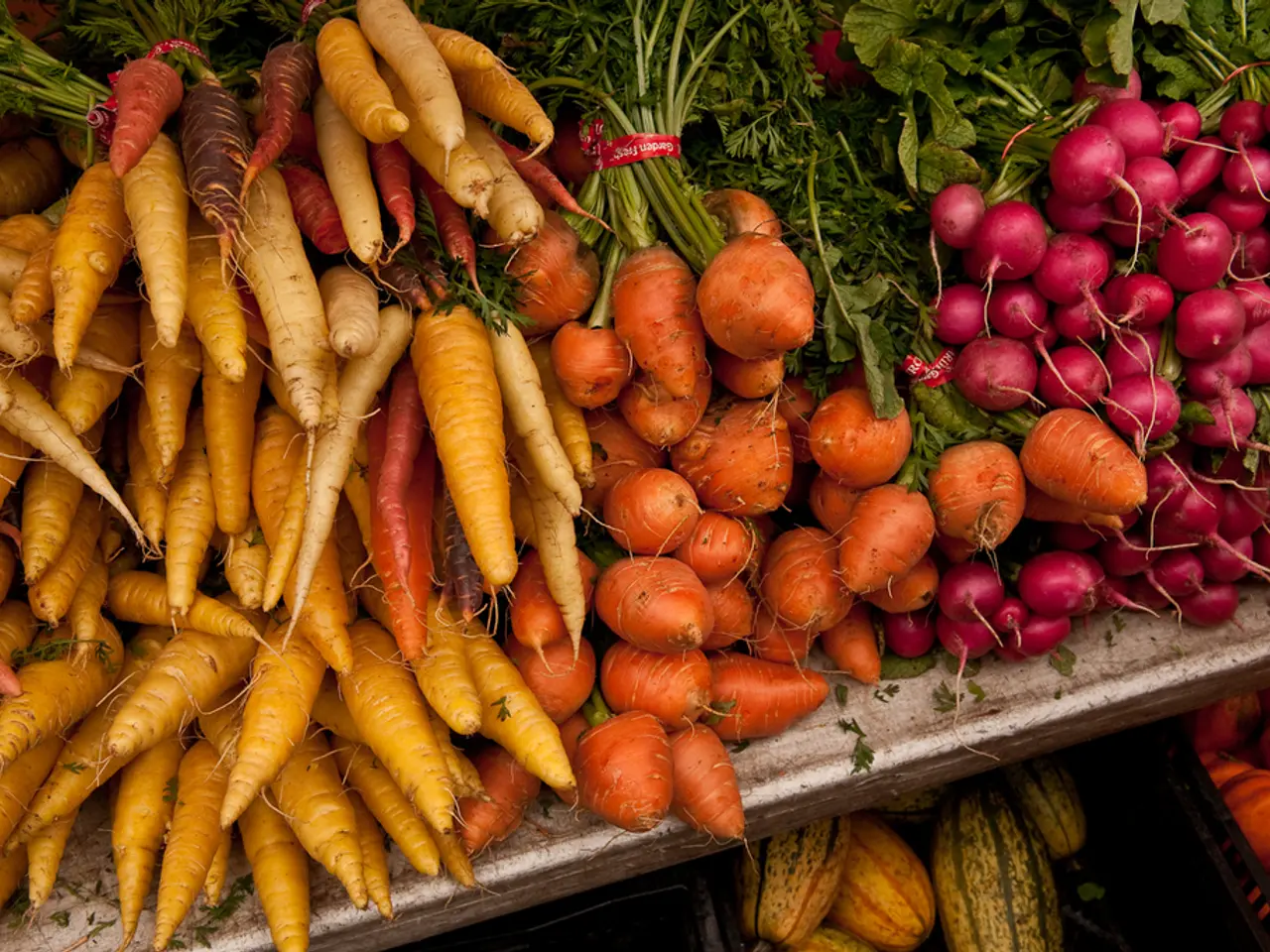Crop Rotation: A Powerful Tool for Sustainable Gardening
Crop rotation, a fundamental practice in sustainable gardening, is gaining attention for its numerous benefits. This method involves planting different crops in succession on the same plot of land to improve soil health, boost yields, and reduce pests and diseases.
Crop rotation disrupts the life cycles of pests and diseases, making it harder for them to build up and infest plants. It also helps to reduce the need for synthetic fertilizers and pesticides, which can harm the environment. By rotating crops, gardeners can enhance soil health, optimize nutrient levels, and prevent soil depletion.
In raised beds or planter boxes, crop rotation is particularly beneficial. It helps prevent soil-borne diseases and pests from becoming established, reducing the risk of infestations. For longer crop rotation cycles, legumes like beans and peas are recommended for nitrogen fixation, while deep-rooting plants such as carrots and parsnips improve soil structure. Brassicas like cabbage or broccoli diversify pests, and leafy greens like lettuce or spinach turn over quickly, maintaining soil health and reducing pest buildup.
Crop rotation also aids in water conservation and reduces soil erosion. It promotes nutrient recycling and encourages beneficial microorganisms, leading to healthier, more productive soils. Additionally, it can help control weed growth by disrupting their growth patterns.
Crop rotation is a powerful tool for sustainable gardening. It reduces the need for chemicals, improves soil health, boosts yields, and conserves water. By incorporating diverse plants into rotation cycles, gardeners can create a thriving, resilient garden ecosystem.




